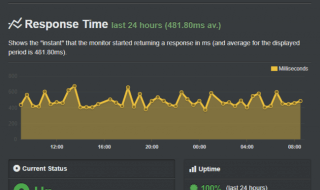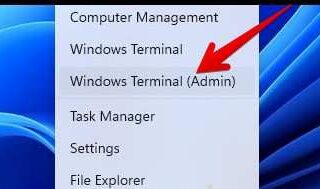PDF (Portable Document Format) files have become an essential tool for sharing information. With the widespread use of PDF files, the need for security has become more crucial than ever. Developers often rely on PDF SDKs (Software Development Kits) to create, edit, and process PDF files, and ensuring the security of these documents is a top priority.
In this blog post, we will discuss the best practices for protecting your documents when using a PDF SDK.

Contents
Choose A Reputable PDF SDK
The first step in securing your PDF documents is choosing a reputable PDF SDK. Ensure the SDK you select has a strong focus on security, offers regular updates, and provides reliable customer support. Research user reviews and industry expert opinions to ensure you’re working with a trusted provider.
Keep The SDK Updated
It’s essential to keep your PDF SDK updated to the latest version. Developers constantly update SDKs to fix vulnerabilities, improve performance, and add new features.
By staying current with updates, you’ll ensure that your PDF documents are protected with the latest security measures.
Encrypt PDF Documents
Encryption is one of the most effective ways to secure your PDF files. Encrypting a document means converting the content into a secret code, making it unreadable without the decryption key.
Most PDF SDKs offer encryption features, such as 128-bit or 256-bit AES encryption. Make sure to use strong encryption algorithms and key lengths to protect your documents from unauthorized access.
Implement Access Control
Access control restricts who can open, edit, or print your PDF documents. Implement access control measures like user authentication, password protection, and document permissions to ensure that only authorized individuals can access your files. Most PDF SDKs offer these features, so take advantage of them to enhance your document security.
Use Digital Signatures
Digital signatures provide a way to verify the authenticity and integrity of a PDF document. By signing a document with a digital signature, you can ensure that the document hasn’t been tampered with since it was signed.
Additionally, digital signatures can help you establish non-repudiation, meaning the signer cannot deny their involvement with the document. Many PDF SDKs offer digital signature functionality, so be sure to utilize it to bolster your document security.
Secure Document Metadata
Metadata is the hidden data within a PDF file that contains information about the document, such as the author, creation date, and modification history.
Attackers can exploit metadata to gather sensitive information or to identify potential vulnerabilities. Use your PDF SDK’s metadata protection features to remove or encrypt sensitive metadata, ensuring that it doesn’t become a security risk.
Sanitize User-Generated Content
User-generated content, such as form fields, annotations, and comments, can pose a security risk if it contains malicious code or links.
Sanitize user-generated content by validating and filtering it to remove any potentially harmful elements. Many PDF SDKs offer content sanitization features, so utilize them to protect your documents from these threats.
Regularly Audit Your Document Security
Regularly review your document security measures to ensure they remain effective. This includes checking for outdated encryption algorithms, weak passwords, and inadequate access controls.
Keep track of any security incidents, assess the effectiveness of your security measures, and make improvements as needed.
Educate Your Users
Educate your users on the importance of document security and the best practices they should follow. Provide training on how to create strong passwords, securely share documents, and recognize potential security threats. By educating your users, you can help prevent security breaches caused by human error.
Implement A Robust Security Policy
A comprehensive security policy can help you manage and maintain the security of your PDF documents. Develop a policy that outlines your organization’s security requirements, access control measures, encryption standards, and incident response procedures.
Ensure that all employees are aware of and adhere to the policy. Regularly review and update your security policy to keep it relevant and effective.
Conclusion
PDF document security is essential to protect sensitive information and maintain the integrity of your files. By following these best practices, you can help safeguard your PDF documents against unauthorized access and other potential threats. Remember to choose a reputable PDF SDK, keep it updated, and take advantage of its security features. Educate your users, implement a robust security policy, and stay vigilant in maintaining your document security to ensure the long-term protection of your PDF files.



